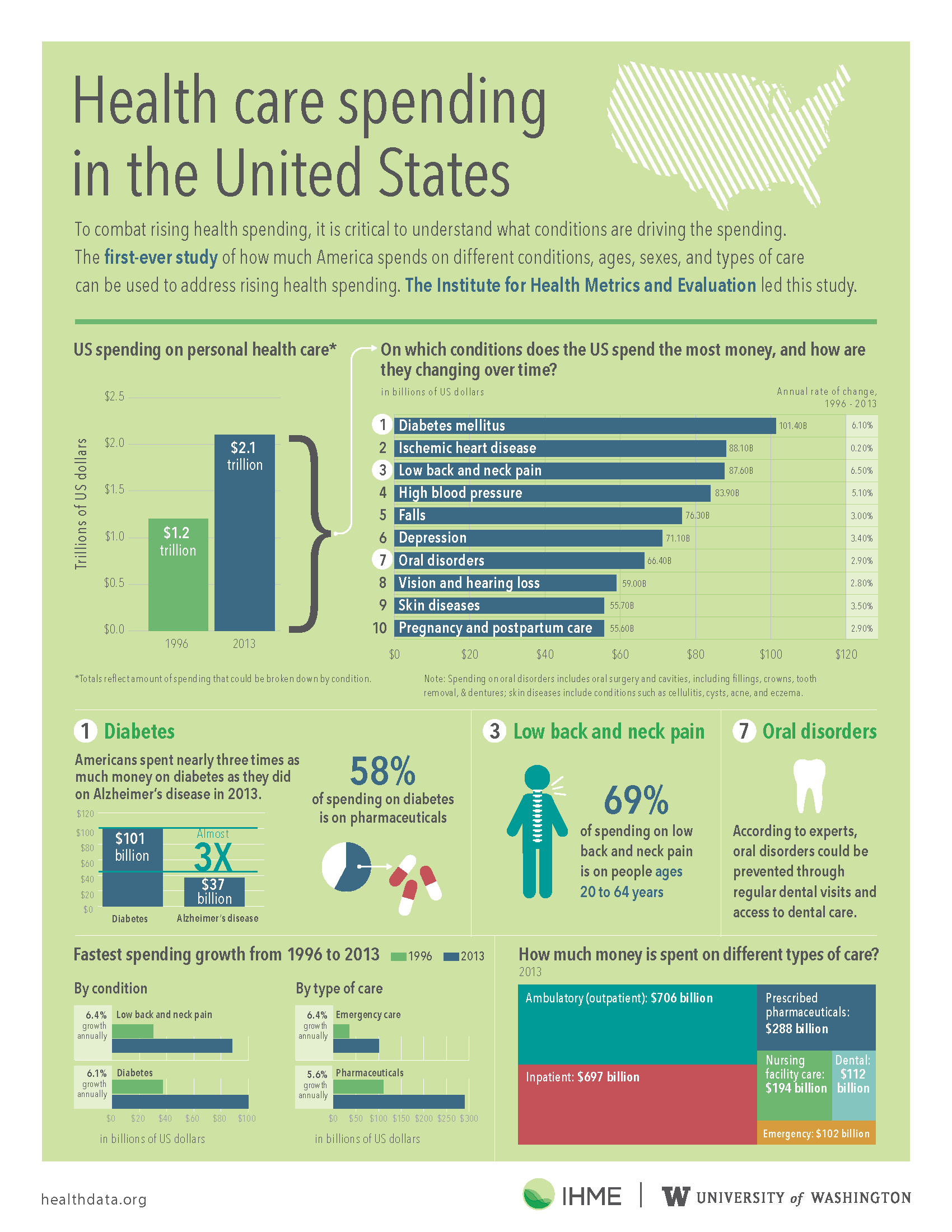Understanding Different Sorts Of Hernias As Well As The Doctor'S Role

Web Content Create By-Roy Hermann
A hernia happens when fat or part of the intestinal tract pushes via muscle that ought to be holding it back. This can be excruciating, as well as it generally will not vanish on its own.
In some cases hernias require to be treated operatively. That's when physicians take into consideration choices like releasing muscle mass, reinforcing the abdominal wall surface or part splitting up.
Inguinal hernia
A little part of the intestine pokes via a vulnerable point in your stomach muscles near your groin (the inguinal canal is a flow in the reduced part of your abdomen that houses blood vessels and nerves, consisting of the spermatic cable for males and also the ligaments that support a lady's uterus). You can have this hernia fixed surgically.
During surgical treatment, your doctor can see the hernia utilizing an electronic camera affixed to a range that is placed with numerous tiny cuts on your tummy. An additional tool might be inserted via the exact same cuts to assist fix the hernia.
After visit the following site , it's important to follow your doctor's recommendations for staying clear of complications. This indicates reporting any kind of hernial pain or pain that reoccurs, or worsens. https://click4r.com/posts/g/12295615/ 's also crucial to prevent heavy lifting and also stressing, particularly while you're peing or coughing. A rupture that comes to be trapped and also squeezed loses its blood supply (it's called incarceration) and also can die, which is a medical emergency.
Umbilical hernia
In the womb, babies pass through a little opening between their abdominal wall muscle mass near the stomach switch (umbilicus). Usually this shuts prior to birth, yet occasionally it does not. This causes a rupture in 20 percent of all babies.
Umbilical ruptures resemble a swelling or bulge in the belly button. They are most noticeable when an infant weeps or pressures. The lump will certainly get smaller sized or vanish when the kid is tranquil. Sometimes, umbilical hernias obtain stuck (called jailed) and also do not receive ample blood supply. This can trigger pain as well as even death of the tissues in the hernia cavity.
Most umbilical hernias will certainly close without treatment by themselves by age 4. When they do not, medical professionals at Mount Sinai normally fix them with mesh. This method is connected with fewer reoccurrences than main stitch repair service. The surgical procedure is done through a little incision inside or listed below the tummy button. A surgical mesh is positioned over the hernia site to provide lasting strength.
Incisional hernia
This type of hernia takes place at the site of a previous surgical wound. It normally takes place when a loophole of the intestine slides through the weakness beside a surgical injury that has fallen short to heal correctly due to infection or injury.
This is a dangerous hernia because the intestine can come to be incarcerated and also call for instant medical treatment. It can additionally create persistent pain, as well as the hernia may reoccur also after surgical procedure.
The doctor may use a thin, lighted scope (called a laparoscope) to make numerous little incisions (cuts). With these cuts, they may eliminate excess fat and also cells around the hernia and also repair the weak area of the abdominal wall. They may also put in a mesh patch that holds the protruding intestine and stops it from pressing through once more. They might close the hernia with dissolvable stitches or clinical glue and also place a plastic or mesh graft over the weak point in the abdominal area.
Hiatal hernia
The most common type of hiatal hernia is a gliding (kind I) hernia. This occurs when the junction in between your esophagus and tummy extends up with the gap in your diaphragm into your breast tooth cavity. This can create acid reflux and also problem swallowing.
Bigger ruptures, called paraesophageal (kind II, III and IV) or diaphragmatic (type V) ruptures, can be extremely dangerous and also may need instant surgery. These can cause lung problems and also pneumonia, or can squeeze the belly so tightly that its blood supply is cut off.
BWH thoracic specialists do laparoscopic surgery to decrease the size of ruptures as well as to stop strangulation. This includes making a couple of little cuts in your stubborn belly as well as putting a tube with a camera that sends out pictures to a monitor. This enables specialists to see what they are doing and provides a better recuperation.

